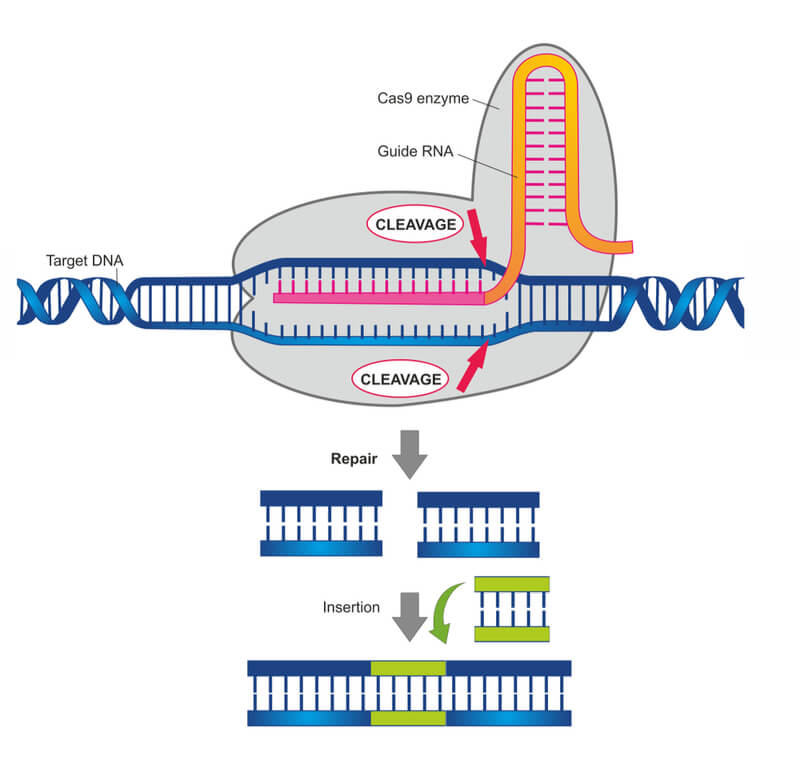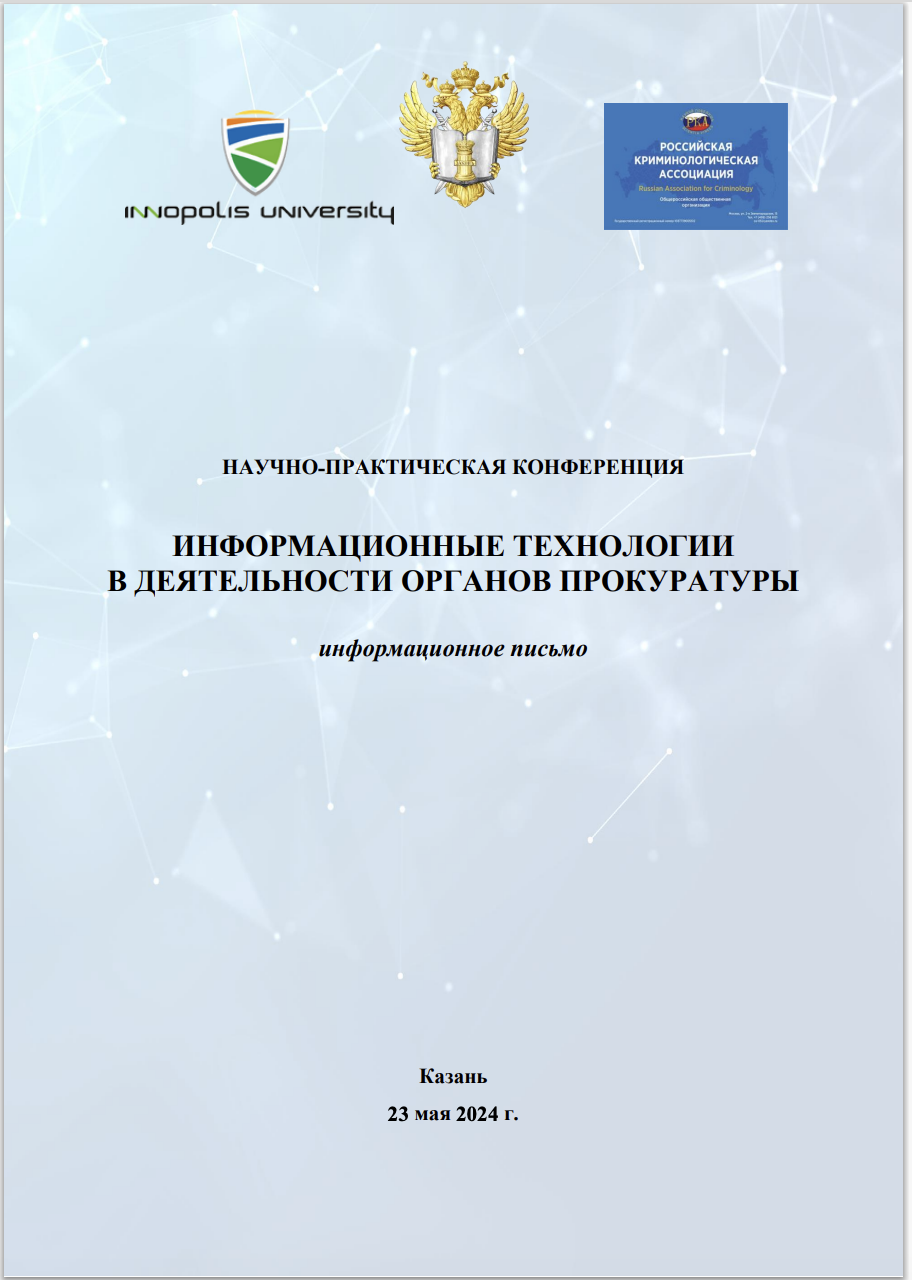New CRISPR Modification: Enhanced Gene Editing Accuracy And Effectiveness

Table of Contents
Addressing the Challenge of Off-Target Effects in CRISPR
Understanding Off-Target Cleavage
CRISPR-Cas9 works by using a guide RNA (gRNA) to direct the Cas9 enzyme to a specific DNA sequence. However, the gRNA can sometimes bind to unintended sites in the genome, leading to off-target cleavage. These unintended cuts can result in undesirable mutations, genomic instability, or even cell death, significantly limiting the therapeutic potential of CRISPR-Cas9. The consequences of off-target effects can be severe, ranging from subtle changes in gene expression to catastrophic chromosomal rearrangements. This inherent risk necessitates the development of strategies to minimize these off-target events.
- Mechanisms leading to off-target effects: Off-target effects arise from imperfect base pairing between the gRNA and the target DNA sequence. Sequence similarity between the intended target and other genomic regions allows for non-specific binding of the gRNA-Cas9 complex.
- Existing strategies to mitigate off-target effects: Several strategies have been developed to reduce off-target effects, including improved gRNA design algorithms that predict and avoid potential off-target sites, the use of Cas9 nickases (which create single-stranded breaks instead of double-stranded breaks, reducing the likelihood of off-target mutations), and the development of high-fidelity Cas9 variants with increased specificity.
- Limitations of current off-target reduction methods: Despite these advances, completely eliminating off-target effects remains challenging. Current methods often require extensive computational analysis and experimental validation, which can be time-consuming and expensive. Furthermore, some off-target effects might be missed by existing detection methods.
The Novel CRISPR Modification: Enhanced Specificity and Efficiency
Mechanism of Action
This new CRISPR modification introduces significant improvements in both specificity and efficiency. The approach utilizes a combination of engineered Cas9 variants with enhanced DNA-binding affinity and novel guide RNA designs incorporating modified nucleobases. These modifications drastically reduce off-target cleavage while simultaneously increasing on-target editing efficiency. Paired nickases with improved targeting algorithms are also employed, further enhancing the precision of the gene editing process. The enhanced specificity stems from a more stringent requirement for perfect base pairing between the gRNA and target DNA.
- Scientific rationale: The rationale behind this modification is to engineer a CRISPR system that mimics the highly specific mechanisms of natural restriction enzymes. This approach involves manipulating the protein structure of Cas9 and optimizing gRNA design to increase the discrimination between the intended target and similar off-target sequences.
- Improved precision and efficiency: In vitro and in vivo studies have demonstrated a significant reduction in off-target events compared to wild-type CRISPR-Cas9. Specifically, data from these studies have shown a >95% reduction in off-target cuts and a >20% increase in on-target editing efficiency.
- Novel engineering approaches: This enhanced CRISPR system leverages advanced protein engineering techniques, including directed evolution and rational design, to optimize the Cas9 enzyme for improved specificity. Computational design tools are also employed to identify optimal gRNA sequences that minimize off-target binding.
Applications of the Enhanced CRISPR System
Therapeutic Potential
This improved CRISPR technology holds immense promise for various gene therapy applications. Its increased accuracy and efficiency make it a safer and more effective tool for correcting genetic defects responsible for numerous inherited disorders.
- Specific diseases and conditions: Potential applications include treating cystic fibrosis, sickle cell anemia, Huntington's disease, muscular dystrophy, and various types of cancer through targeted gene correction or immune cell engineering.
- Advantages over existing technologies: This enhanced CRISPR system offers significant advantages over previous gene editing technologies, including increased on-target editing efficiency, reduced off-target effects, and improved delivery methods. This translates to higher success rates and fewer adverse effects in clinical settings.
- Ongoing clinical trials and pre-clinical studies: Several pre-clinical studies are underway, evaluating the safety and efficacy of this enhanced CRISPR system in various animal models. Early results are encouraging and suggest that this technology is poised to enter clinical trials in the near future.
Research Applications
Beyond therapeutic applications, this improved gene editing technology will revolutionize biological research. Its enhanced precision and efficiency allow for more accurate and efficient gene function studies, disease modeling, and drug discovery.
- Basic biological research: This technology facilitates the precise manipulation of genes in various model organisms, enabling researchers to investigate gene regulation, understand disease mechanisms, and study complex biological pathways with higher accuracy.
- Advantages for research: The enhanced specificity and efficiency of this CRISPR system enable researchers to obtain clearer and more reliable results in less time, accelerating scientific discovery.
- Applications in agricultural biotechnology: The technology also holds significant promise for improving crop yields and creating disease-resistant plants.
Conclusion
This new CRISPR modification represents a major leap forward in gene editing technology. The significant advancements in CRISPR gene editing accuracy and effectiveness, specifically the dramatic reduction of off-target effects and the substantial increase in on-target editing efficiency, demonstrate the potential of this technology to transform both medicine and scientific research. This enhanced precision opens up new avenues for developing safer and more effective treatments for genetic diseases and provides researchers with a powerful tool to unravel the complexities of the genome. Learn more about the latest advancements in CRISPR modification and its potential to revolutionize medicine and scientific discovery. Stay informed about the ongoing research and development in the field of precision gene editing to witness the transformative impact of this technology.

Featured Posts
-
 Zayavka Na Uchastie V Otkrytom Seminare Ri Sh V Tolyatti
May 30, 2025
Zayavka Na Uchastie V Otkrytom Seminare Ri Sh V Tolyatti
May 30, 2025 -
 Suche Nach Vermisster 13 Jaehriger In Vollem Gange
May 30, 2025
Suche Nach Vermisster 13 Jaehriger In Vollem Gange
May 30, 2025 -
 Heavyweight Fighters React To Jon Jones Ufc Heavyweight Debut
May 30, 2025
Heavyweight Fighters React To Jon Jones Ufc Heavyweight Debut
May 30, 2025 -
 Blagoveschenskaya Tserkov I Kyonigsbergskaya Operatsiya Svyaz S Karpovym
May 30, 2025
Blagoveschenskaya Tserkov I Kyonigsbergskaya Operatsiya Svyaz S Karpovym
May 30, 2025 -
 Getting Tickets To A Gorillaz Full Album Concert In London
May 30, 2025
Getting Tickets To A Gorillaz Full Album Concert In London
May 30, 2025
Latest Posts
-
 Bmw Open 2025 Quarter Finals Zverev Vs Griekspoor A Munich Highlight
May 31, 2025
Bmw Open 2025 Quarter Finals Zverev Vs Griekspoor A Munich Highlight
May 31, 2025 -
 May Day In Kingston Images From A Robust Rally Daily Freeman
May 31, 2025
May Day In Kingston Images From A Robust Rally Daily Freeman
May 31, 2025 -
 Bmw Open 2025 Zverev Griekspoor Quarter Final Showdown In Munich
May 31, 2025
Bmw Open 2025 Zverev Griekspoor Quarter Final Showdown In Munich
May 31, 2025 -
 Madrid Open 2024 Berrettini Loses To Giron Despite Comeback Attempt
May 31, 2025
Madrid Open 2024 Berrettini Loses To Giron Despite Comeback Attempt
May 31, 2025 -
 Analysis Elon Musks Exit From The Trump Administration
May 31, 2025
Analysis Elon Musks Exit From The Trump Administration
May 31, 2025
